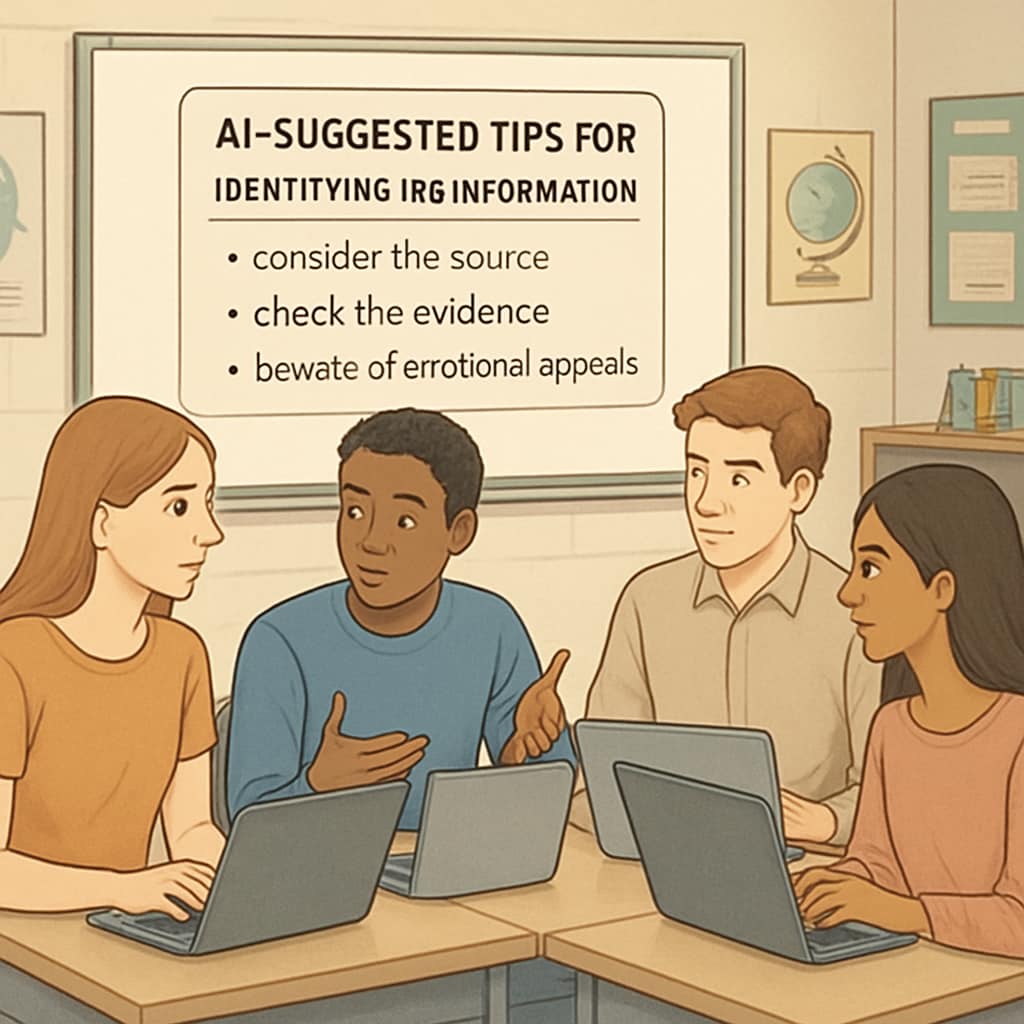In today’s digital era, “AI writing prompts, media literacy, and teaching resources” have become essential tools for educators aiming to prepare students for a media-saturated world. High school students, particularly those in grades 9-12, need the skills to critically analyze, interpret, and create media content. By integrating artificial intelligence (AI) tools into English, media studies, and creative writing courses, teachers can offer dynamic and interactive lessons that engage students while honing their critical thinking and media literacy skills.
This article introduces five free AI writing prompt packages tailored for high school learners. These resources empower educators to incorporate AI into their teaching seamlessly while enabling students to better understand and evaluate media content in the digital age.
1. Exploring Film Analysis with AI-Powered Prompts
Film analysis is a cornerstone of media literacy, allowing students to dissect cinematography, narrative techniques, and cultural messages. AI writing prompts can guide students to explore themes, character development, or visual symbolism in films. For instance, students might use AI tools to generate essay outlines on how a film portrays societal issues or compare the storytelling techniques of two directors. These activities help students develop nuanced perspectives and deeper analytical skills.

2. Enhancing Critical Thinking Through Fake News Detection
Media literacy includes the ability to discern credible information from misinformation. AI tools can simulate scenarios where students are tasked with identifying fake news articles. Writing prompts might encourage students to draft arguments about why a particular piece of content lacks credibility, citing evidence such as unreliable sources or logical fallacies. This hands-on approach builds students’ ability to critically evaluate online content.

3. Creative Writing with AI: Crafting Stories and Scripts
AI writing tools can serve as creative partners for students in media and creative writing classes. By providing ideas for story settings, character arcs, or dialogue, AI prompts help students overcome writer’s block and explore their imagination. For example, a prompt might ask students to write a short film script about a futuristic society where AI governs human interaction. This activity not only nurtures creativity but also fosters an understanding of how storytelling influences audiences.
Pro Tip: Encourage students to reflect on the ethical implications of AI in storytelling as part of their creative process.
4. Comparing Media Formats: Visual, Audio, and Text
Understanding the unique characteristics of different media formats is crucial for media literacy. AI tools can help students compare the effectiveness of a message conveyed through a video, a podcast, or an article. Prompts might include questions such as, “How does the tone differ between the audio and text versions of this story?” or “What visual elements make the video more engaging than the written piece?” These activities teach students to evaluate the strengths and limitations of various media formats.
5. Debating Ethical Issues in AI and Media
As AI becomes more integrated into media production, ethical considerations are increasingly important. AI writing prompts can encourage students to debate topics such as data privacy, algorithmic bias, or the impact of AI on journalism. For example, students could write position papers on whether AI-generated content should be labeled as such to maintain transparency. These discussions prepare students to think critically about the evolving role of technology in society.
Incorporating AI writing prompts into your classroom can transform the way students approach media literacy. By engaging with these structured activities, high school students develop the skills needed to navigate and contribute to the digital world effectively. Whether analyzing films, detecting misinformation, or crafting creative stories, these tools inspire students to think critically and creatively.
To access free AI writing prompts and further explore their applications in education, visit resources like Britannica or explore AI tools on OpenAI. These platforms offer valuable insights and tools for educators and students alike.
Readability guidance: Use concise paragraphs, bullet points, and clear transitions to maintain accessibility. Employ examples to illustrate abstract concepts and foster engagement.


